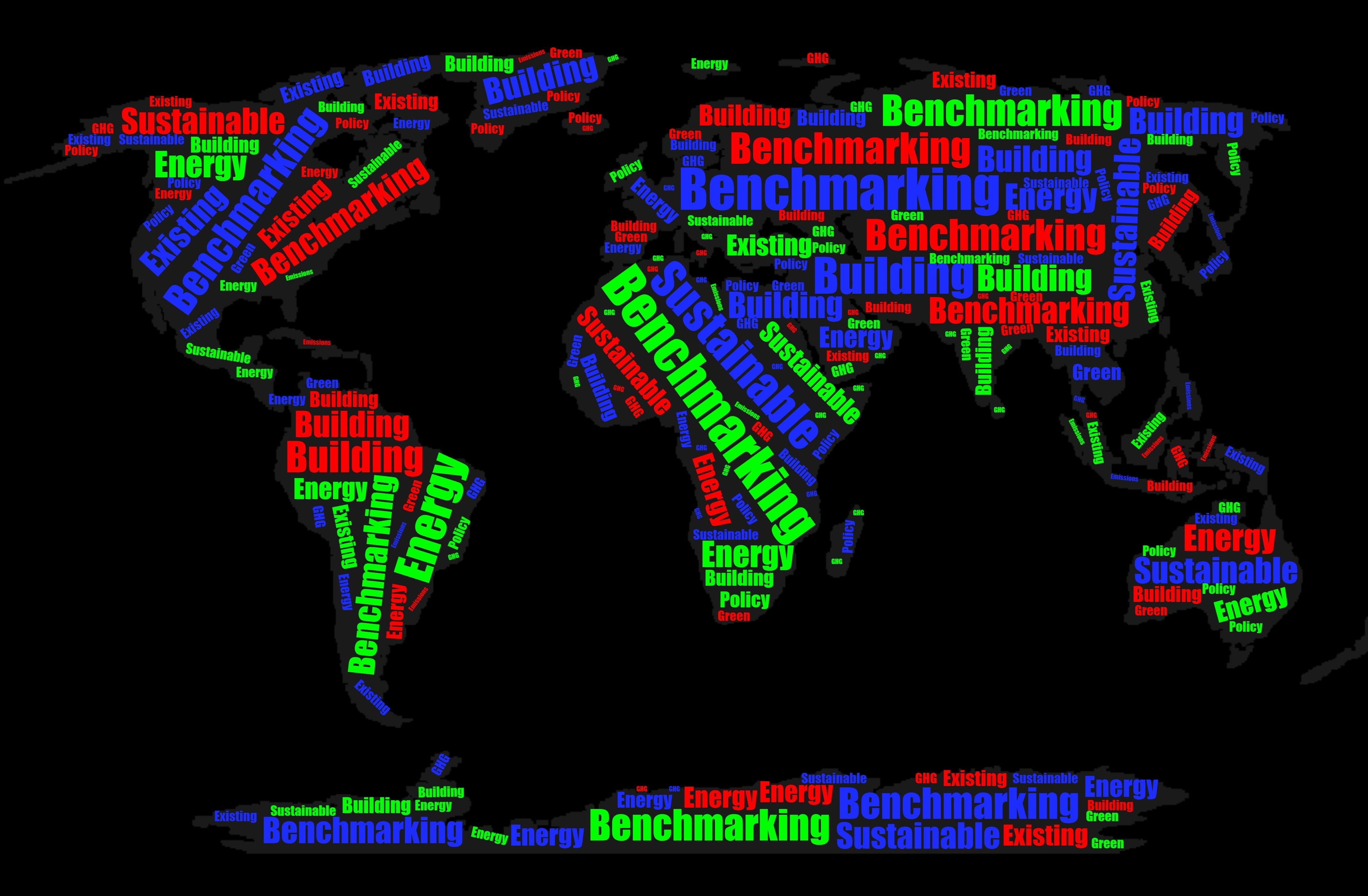Financing the Sustainable Recovery
Investments

August 17, 2020, 4:34 am
By Marion Amiot, Senior Economist at S&P Global Ratings
As the rate of new coronavirus cases and deaths slows across the European Union, and governments look for lockdown exit strategies, more and more voices are calling for a green recovery. The EU is intending to use its pandemic recovery plan to reinforce its fight against climate change. It could become the main liquidity provider for a “green safe asset” with long duration by financing 30% (€225 billion) of its proposed €750 billion recovery fund through green bond issuance.
EU green bond issuance on such a large scale would help respond to a fast-growing ESG investor base. A larger pool of green assets would also help policymakers and central banks toward their aim to green the financial system. The EU is also discussing extending its emissions trading scheme (ETS) to the shipping industry, which could also be a source of financing.
EU members have already agreed to finance the recovery fund through debt issuance. Given the strong commitment to finance a green recovery – 30% of the EU fund have to entail a climate target, it is possible that around a third of the EU’s recovery bond issuance would fund projects that aim to make a specific environmental contribution. In the creation of an EU green safe asset, the potential for diversification and the choice for investors looking to build green portfolios could be significantly expanded.
A green bond issuance of €225 billion would represent an increase of around 89% of the global green bond market size compared with the total issuance in 2019.
At present, one of the main hurdles to steering capital toward more sustainable investments is the limited size of the green bond market. The green bond market currently constitutes only 3.7% of total global bond issuance, making it difficult for central banks or regulators to ask market participants to build green portfolios.
Details are still missing on the specific green and social content of the proposed “Next Generation EU” €750 billion fiscal plan to aid a post-COVID-19 pandemic recovery. However if a third of the plan is financed through green bonds, this could provide the European Central Bank (ECB), as well as other central banks holding large foreign exchange reserves in euro, with investment-grade green assets. EU green issuance would also likely stimulate private sector green bond issuance, since the EU tends to leverage private money for its investments, for example by co-financing projects with the private sector.
By providing a green safe asset, the EU would also likely reinforce the international role of the euro as a green currency. Close to 40% of total green bond issuance between 2007 and 2020 was located in the EU. Outside Europe to date there has been very little green bond issuance and–critically–none by sovereigns with a currency used as a reserve currency. Nonetheless, EU green bond issuance is unlikely to come all at once. Only 70% of the EU recovery facility funds is set to be committed between 2021 and 2022. It is unclear what the split between green and other financing would be, but a similar disbursement schedule is likely.
Some investors might still be reluctant to buy green bonds, thinking the market is not deep enough, but with such an additional increase, these concerns would ease. Issuers will use this [EU] financial instrument to show their commitments to financing green projects and this may help increase diversification in terms of issuers, sectors, and structures of issuance.










